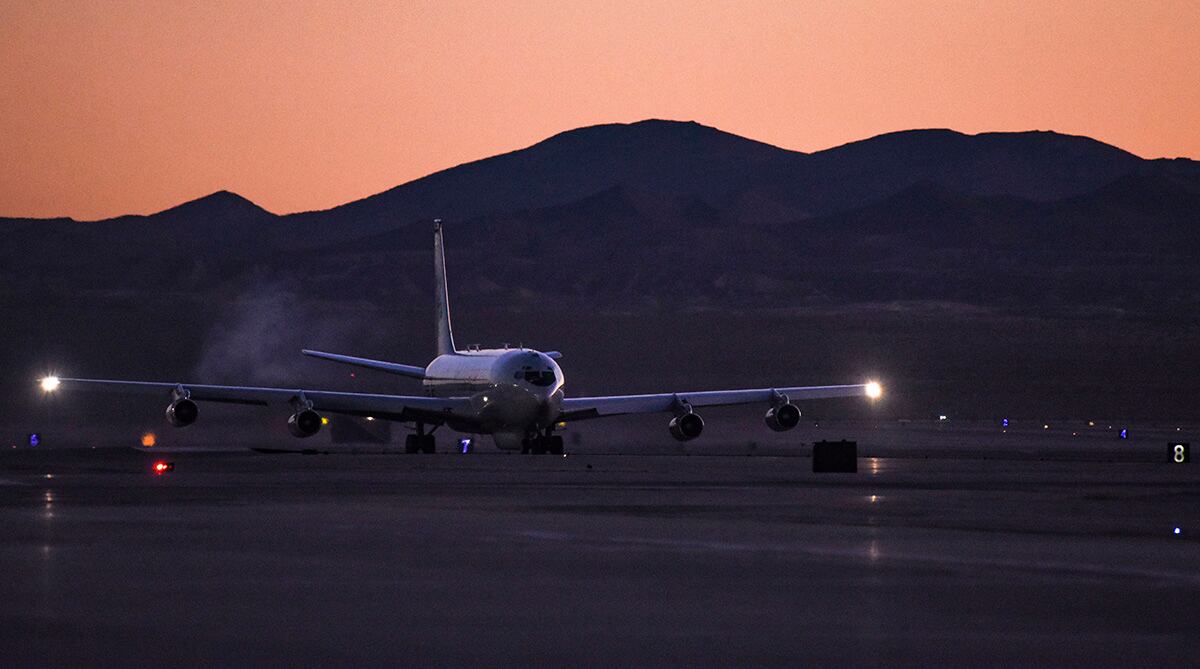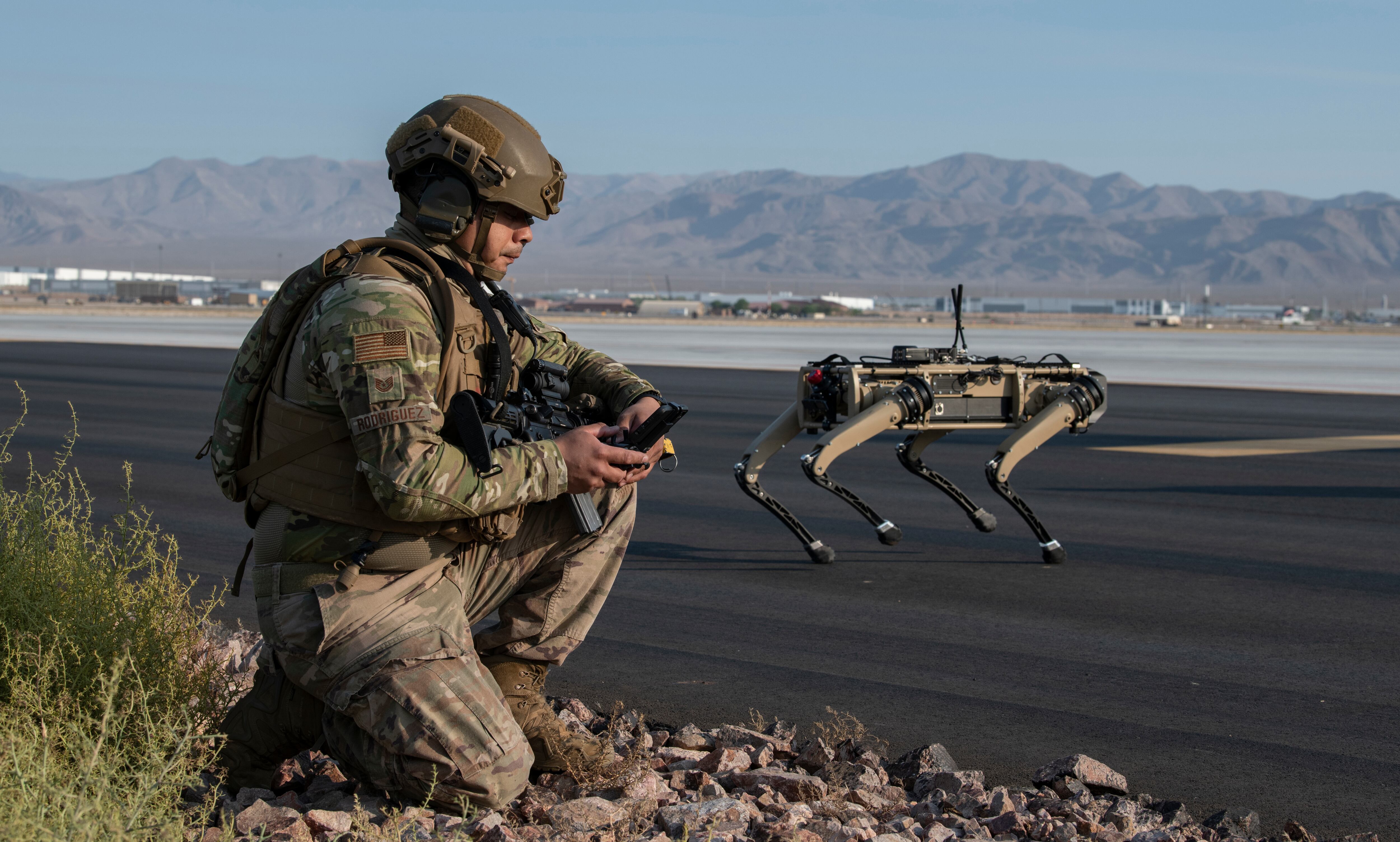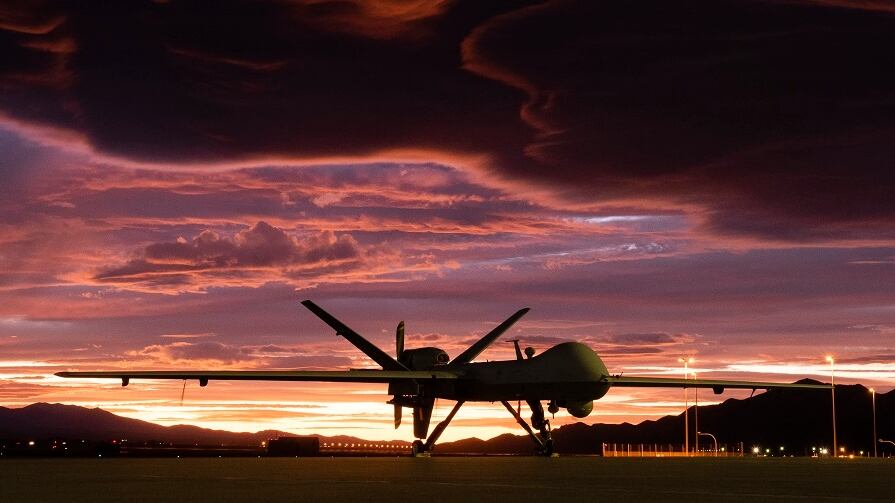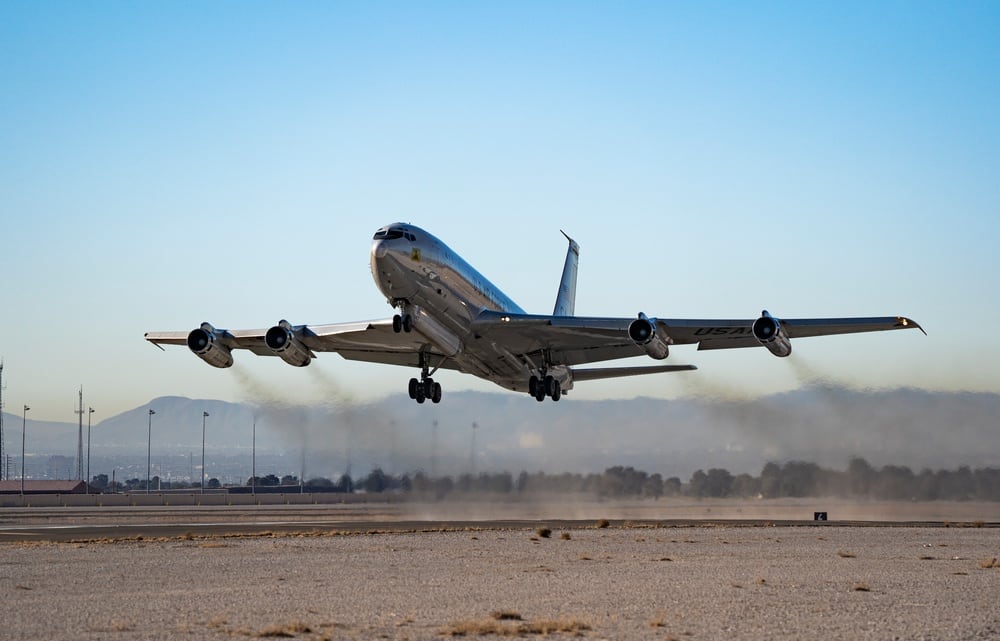The Air Force has given the all-clear to begin retiring the fleet of E-8C Joint STARS aircraft at Robins Air Force Base, Georgia, the latest step in a yearslong debate over the fate of ground target-tracking planes.
Four jets — a quarter of the total fleet — will head to the boneyard by September, though an exact date hasn’t been scheduled yet, the base said Tuesday. Their crews will be shuffled to other career fields as well.
“New mission requirements and capabilities are already reimagining the … battlefield,” Col. Michelle Carns, commander of the 461st Air Control Wing, said in a release Tuesday. “The men and women of the 461st ACW are poised to provide unrivaled expertise to usher in that vision.”
RELATED

Joint Surveillance Target Attack Radar System planes have played a key role in supporting the Army’s ground operations overseas since the 1990s, helping to direct movement around a combat zone and alert troops to potential targets and threats.
The service ran a competition to replace them with a more modern airframe but decided to end it in 2018, fearing the planes could be vulnerable to surface-to-air missiles.
Typical Joint STARS missions require 21 people onboard, including three to fly the plane and 18 to handle tasks like navigation, managing the air-to-ground radar, moving target identification and threat analysis.
Those airmen will get the option to switch to other jobs at Robins, the Air Force’s only Joint STARS base, or to transfer elsewhere. John Roth, then the acting Air Force secretary, previewed the plan in May.
New units slated to arrive at Robins include an Air National Guard air control squadron focused on the Middle East, North Africa and Central and South Asia; an active duty group designed to create new electronic warfare technology; an active duty squadron to pilot the E-11 Battlefield Airborne Communications Node aircraft that acts as a flying radio; and a complex dedicated to the Advanced Battle Management System.
RELATED

ABMS was first conceived as a potential successor to ground and airborne target-tracking planes, but has taken on new life as a catch-all array of hardware and software that links aircraft, satellites and munitions together in combat. But the concept is still largely in development, and it isn’t clear what jobs airmen would take on until it matures further.
“The air and space systems that make up the ABMS network will include a fusion center and associated supporting activities,” the Air Force said in 2018. “The network will also include some remotely piloted aircraft at Robins with sensors capable of collecting and transmitting information from the battlefield.”
Active duty airmen with the 461st Air Control Wing can either join the new units or move to a different job at another base, the Air Force said. Georgia Air National Guardsmen with the 116th Air Control Wing will retrain for ABMS-related battle management and command-and-control roles at Robins. The base’s staffing level is not expected to change.
Robins first needs to pass an environmental inspection before bringing on future missions. That planning could be done as early as October.
RELATED

House and Senate lawmakers warned in the 2022 defense policy bill that the Air Force needs to keep the E-8C fleet flying until a replacement is in the works, and worried that pulling it from operations too soon would shortchange commanders who need airborne intelligence.
The legislation did not expressly ban the Air Force from getting rid of the planes, securing a win for service leaders who have pushed to dump Joint STARS for newer technology.
The bill was still awaiting President Joe Biden’s signature as of press time Thursday.
Rachel Cohen is the editor of Air Force Times. She joined the publication as its senior reporter in March 2021. Her work has appeared in the Washington Post, the Frederick News-Post (Md.), Air and Space Forces Magazine, Inside Defense, Inside Health Policy and elsewhere.




